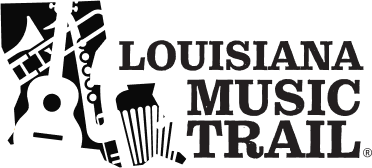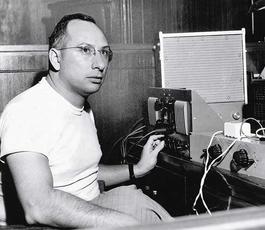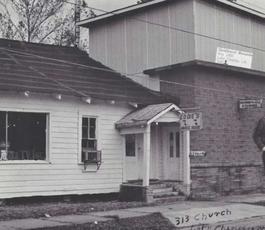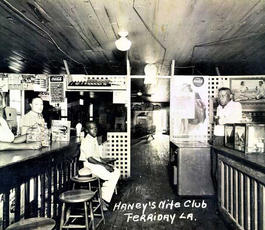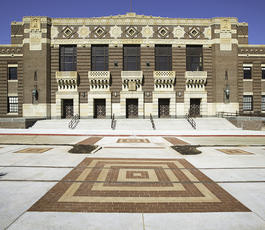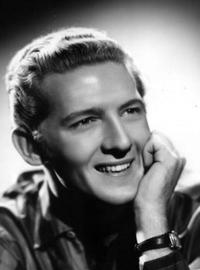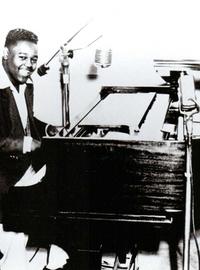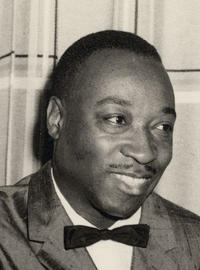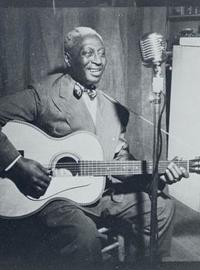
In the late 1940s, across the network of Black entertainment venues called the Chitlin Circuit, musicians crafted songs with a danceable rhythm and simple, blues-based structure. It was often called rhythm and blues, though it also incorporated elements of gospel and country music.
The term “rock” rose to prominence thanks to the 1947 rhythm and blues hit “Good Rocking Tonight” by Roy Brown, produced at J&M Recording Studios in his hometown of New Orleans.
In the early 1950s, the record industry began promoting music from this tradition to white audiences as “rock and roll.” The new sound, electric and liberating, sent a charge through youth culture across the country.
A disproportionate number of rock and roll’s early innovators came from Louisiana, or tapped into its music scenes.
At J&M, a birthplace of the genre, Fats Domino and collaborator Dave Bartholomew recorded hits with an irresistible driving rhythm. Building on this foundation, master studio drummer Earl Palmer created rock and roll’s signature “backbeat” on seminal records by Little Richard and others.
A breakthrough in the music’s mainstream crossover came in 1954, when Elvis Presley found a national audience through regular performances on a radio show broadcast from Shreveport called the Louisiana Hayride (the Hayride also spurred the rise of guitar hero James Burton from Shreveport).
Meanwhile, in Ferriday, Jerry Lee Lewis added a country twang to the boogie-woogie piano and raucous performance style of the Chitlin Circuit. He and Presley helped propel the subgenre of rockabilly into a phenomenon.
In Acadiana and Southwest Louisiana, artists including ace songwriter Bobby Charles picked up Fats Domino’s piano triplets and heavy beat, blended in Cajun and Creole elements, and forged a regional style now called swamp pop.
These artists and others from Louisiana—especially bluesmen like Lead Belly and Slim Harpo—inspired the “British Invasion” bands that became international rock icons in the 1960s.
In this period, the term “rock” also referred to new rhythm and blues-based styles, like the soul and funk that New Orleans’ super producer Allen Toussaint took to the top of the charts (often with The Meters as his studio band).
Beginning in 1973, as “rock” became more closely associated with guitar-forward groups, Bogalusa’s Studio in the Country cranked out platinum hits by visiting stars and classics by local legends.
More recently, Ani DiFranco, known for folk rock, and Trent Reznor, known for industrial rock, each recorded there. Both were Louisiana transplants, reflecting the rise of influences from outside the state on rock music produced here.
As the genre branched out from its roots, Louisiana natives won critical and popular acclaim in more styles, from the Americana of Lake Charles’ Lucinda Williams, to the “indie” rock of Ruston’s Neutral Milk Hotel, to the metal of New Orleans’ Phil Anselmo, of Pantera and Down.
Authored by Jordan Hirsch
